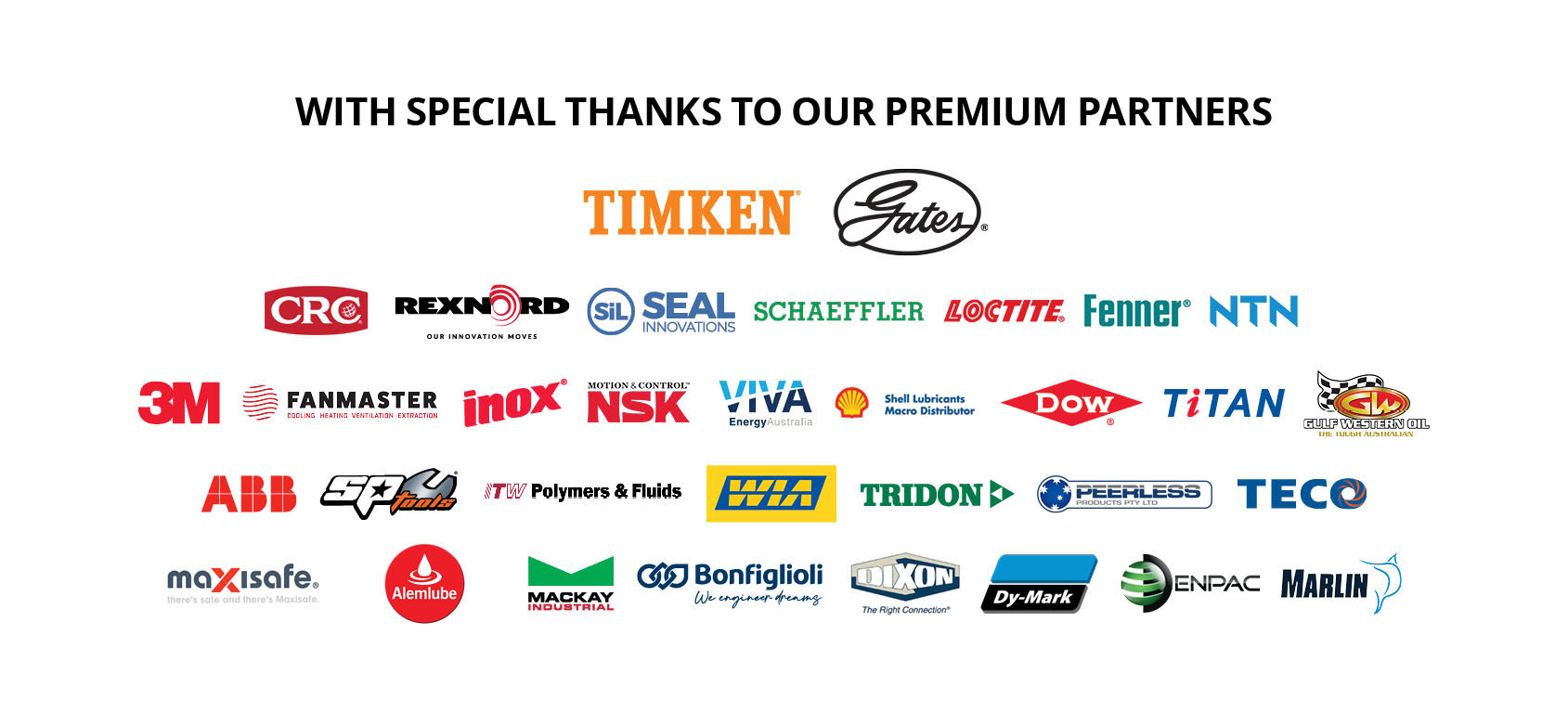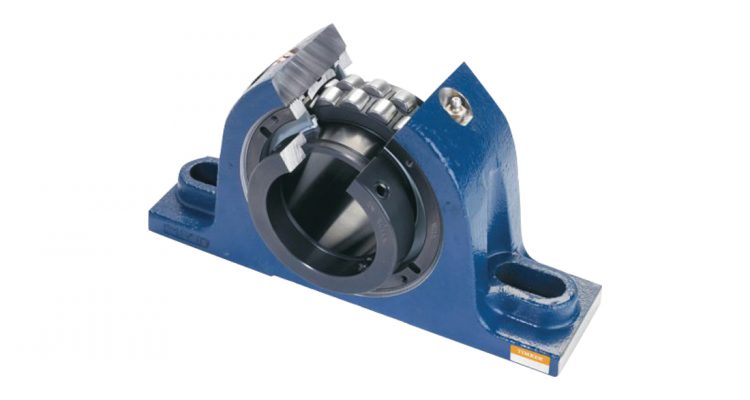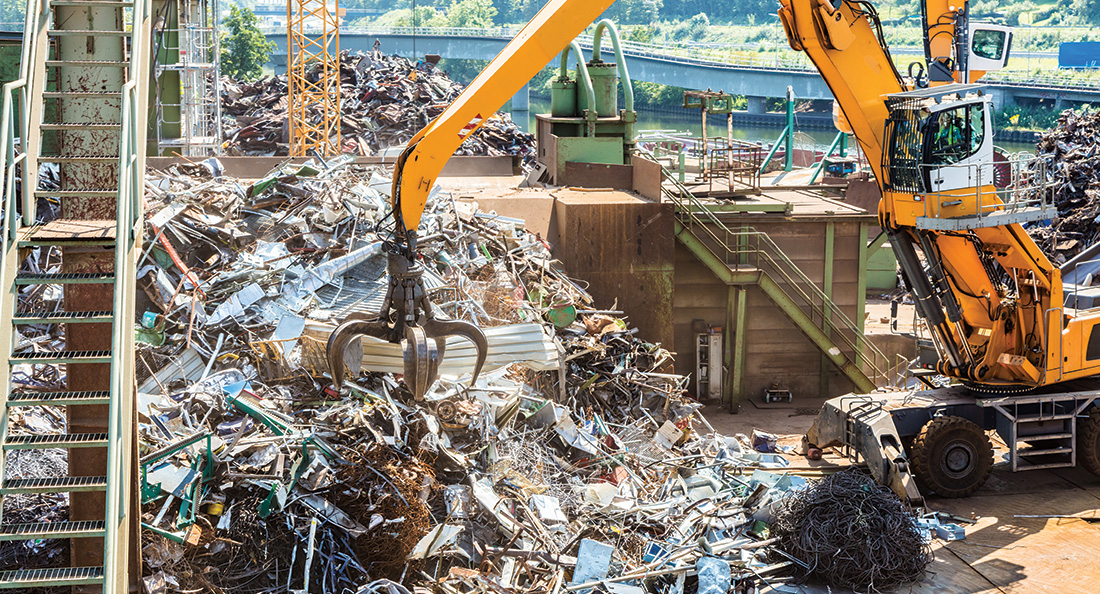As far as bearings go, the Timken® Solid-Block Housed units are famous in heavy industry, renowned for their seemingly unbreakable solid cast steel housing and ease of installation.
However, industry expert Brad Kemp wants to remind readers that these are highly specialised products, which do require an understanding of the internal componentry in order to be fitted correctly.
Brad is the Senior Service Engineer for Timken Australia and has been partnering with CBC representatives to organise proactive training sessions with customers to assist with the Solid-Block Housed unit installation.
“The Solid Blocked Housed unit is usually ordered by the engineers who love the concept,” he says. “They order it, the maintenance guys receive it without proper training and then there is frustration with the product. Often the instructions get overlooked or just end up in the bin.”
Brad points out that if instructions are not followed accurately, the bearings could become damaged prematurely.
“If maintenance teams have not been trained up properly, then a lot of times they will start to do guesswork and make assumptions, which is what we want to avoid,” he explains. “Rather than have reactions from customers who are disappointed that the bearing they ordered was incorrectly installed, we aim to ensure that the engineered componentry, the locking options and the installation process is understood by everyone on site,” he adds.
CBC Senior Account Manager, Brian Crouch, works in conjunction with Brad and the Timken engineering staff to identity the need for on-site training.
“We organise a three-hour on-site training session for the apprentices, fitters, engineers, and maintenance staff to come together and learn about every concept behind the Solid-Block Housed unit, to minimise any room for error or shortage of collective understanding,” says Brian.
“In these training sessions, we demonstrate how the Solid-Block Housing unit works internally and we show the attendees how to install the respective shaft locking arrangements that are available. We also familiarise them with the different sealing options,” explains Brian.
According to Brian, the training is a step-by-step fit up, covering all installation tools, and demonstrates how maintenance staff can ensure the clearances are correct in order to get optimal life out of their units.
Depending on the application, the Timken Solid-Block Housed units have six different internal locking mechanisms: V-Lock, Double V-Lock, Concentric, Eccentric, Tapered Adapter, and the Double-Nut Tapered Adapter.
“The Double-Nut Tapered Adapter concept is a relatively new shaft locking option for our Timken Solid-Block Housing. This has been designed for larger sized industrial bearing applications,” elaborates Brad. “We are currently trialing this option for heavy industry conveyor pulley applications, where the most common challenge is withdrawing the bearing once it needs to be replaced. Usually, these types of applications require hydraulic removal facilities, otherwise they need to be cut off to be removed.”
With, the Double-Nut Taper Adapter system, the nuts are pre-set at the factory for nominal shaft sizing, so the maintenance worker does not have to physically measure up the driver or radial internal clearance.
“They can just drive the bearing up until it hits the rear extraction nut,” says Brad. “When they want to extract the bearing later, they can just back it off the driver, advance the withdrawal nut, and pull the taper out of the bearing.”
The result is a much easier method of extraction.
Brad strongly suggests organising training for a team to on-site managers who have placed an order for the Timken Solid-Block Housed units, adding that there is also comprehensive training available online via the Timken YouTube channel.
“It’s such a well-known product that I think people expect it to be an obvious installation process, but it’s not. Teams do need to know what the product looks like internally, see how it all goes together and have the opportunity to ask questions,” he says.
“Read the instructions. Refer to the YouTube clips. Organise a formal training for your team,” stresses Brad.
To organise a Timken Solid-Block Housed unit training session, Brad recommends visiting a local CBC branch and speaking to a representative. “We are looking to expand the reach of this training program as much as possible,” he concludes.




